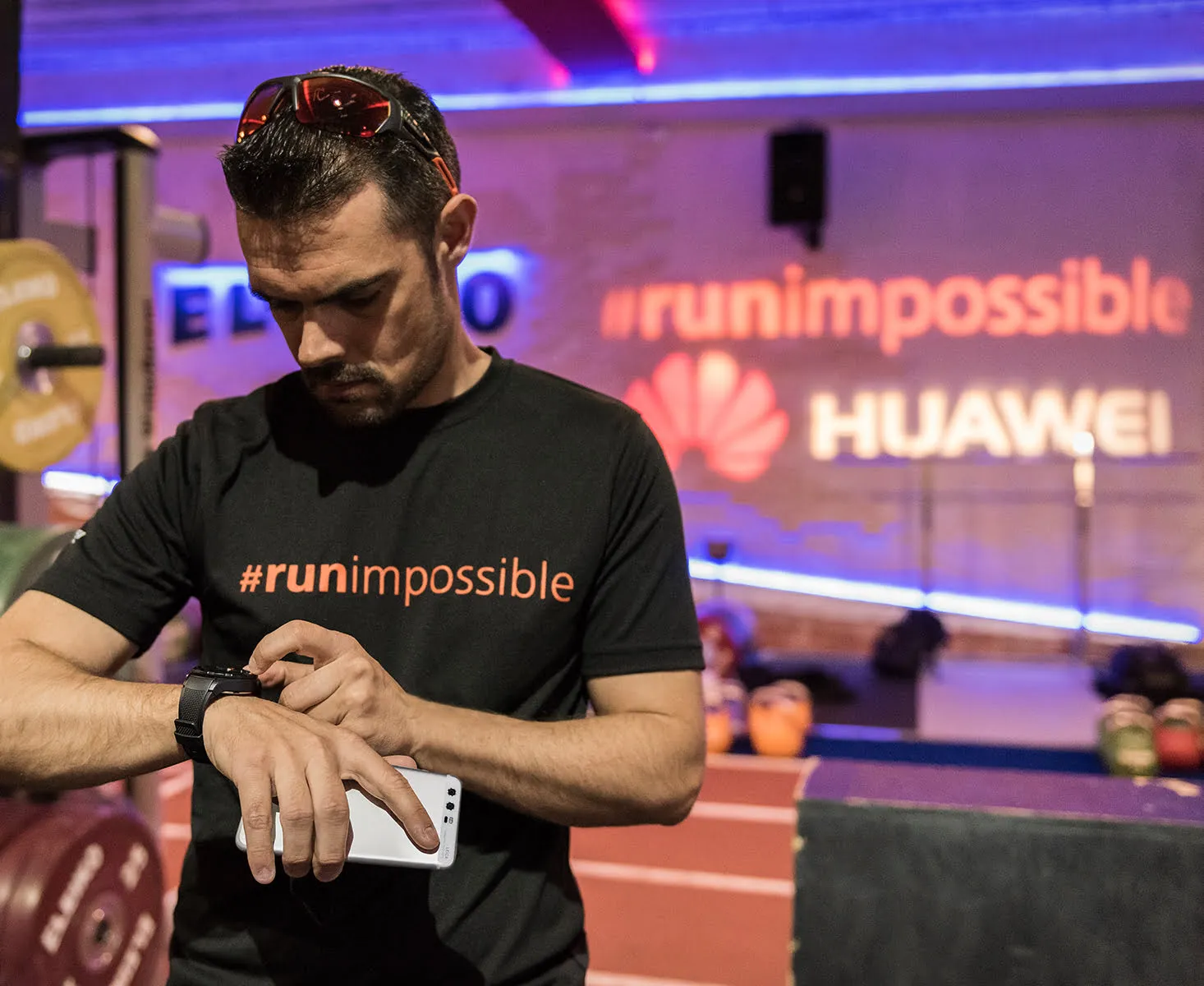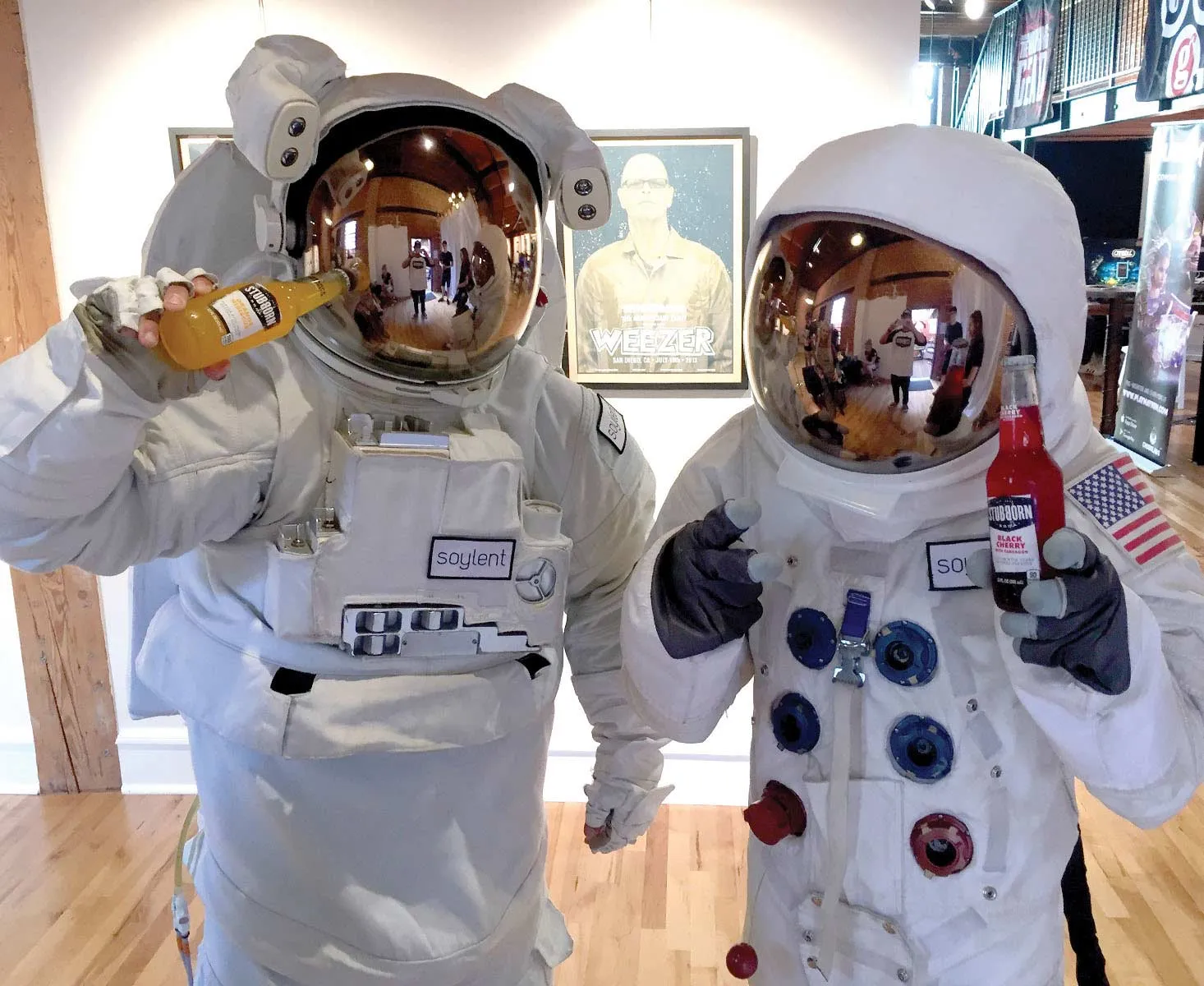Key takeaways
- Cause-driven marketing is meaningless unless corporate actions are aligned. But the truth is, in seeking authentic messaging, many brands are revealing the opposite about themselves.
- Many brands that have made a name for themselves as revolutionaries seek to maintain their status. In other words, once a disruptor, always a disruptor. And now revolutionary-extraordinaire Amazon has done it again, this time creating unique way to cater to the ever-targeted festival-goer.
- Color plays a prominent role in a brand’s identity – even when that brand is a person. So far, this year’s female U.S. presidential candidates have shown a willingness to take risks and deviate from what has been seen as a winning palate.
“Brand purpose” is a lie
As our world becomes increasingly smaller, so too do the larger-than-life personas that so many brands have historically enjoyed. Consumers have access to more information than at any other point in history, and thus have begun to demand more information from the entities they interact with throughout their lives. In many ways, this is translating to an increased call for transparency. Brands from beauty to banking are feeling the pressure to be more than a logo and a tagline; which has led to the popularity of cause-driven marketing initiatives. By aligning with a cause, brands have come to reason, they can prove their values and brand purpose.
Except, for many companies, it’s BS. To be fair, in most cases they are not seeking to mislead or be disingenuous. The people behind the cause campaigns likely believe in doing good. It’s just that, too often, their words aren’t backed up by corporate actions. In an attempt to be authentic and give their brand persona a soul, they are unintentionally revealing that corporations are indeed not people, which has led to a place wherein “brand purpose is at risk of losing any meaning.” Here Brian Millar of Paddle Consulting explores brands’ apparent crisis of conscience and how companies can look to unlikely inspiration on how to get brand purpose right.
Now Amazon wants to disrupt music festivals. first stop: Coachella
While it’s difficult to conceptualize in retrospect, when Amazon CEO Jeff Bezos first opened the online retailer, he had one goal in mind: to sell books. But Amazon saw opportunity and took action, becoming one of the original industry disruptors of modern history. Amazon gave birth to ecommerce in its current form, revolutionizing both commerce and entrepreneurship. In giving consumers the ultimate convenient one-stop shopping experience, Amazon also allowed vendors of varying sizes and scope to make their way to market.
And while the company has come to dominate its space, it continues to seek new places to reach customers on- and off-line. As Fortune recently reported, the company announced that it will install lockers at this year’s Coachella festival in April. According to the article, “attendees will be able to ship essentials for the festival, like sunscreen or a phone charger, directly there and pick it up from an Amazon locker on the festival grounds.” In looking to classic disruptors like Amazon, brands can no doubt draw inspiration related to their own consumer engagement strategies, especially related to experience-driven marketing.
The women running for president are breaking the rules of branding
Brand identity is composed of a multitude of elements, some visual, some conceptual. From color to candor, like a person’s identity, branding makes one company distinguishable from the other. And one obvious element that carries significant weight for any brand identity is color. Whether we consciously acknowledge it or not, color contributes to our initial impressions about a person, situation, or entity. Simply put, “colors trigger cultural associations and emotions in our minds.” This Fast Company article goes on to point out that “brands build on these (color) associations to communicate values, personality, heritage, places of origin, and more.”
And in today’s political landscape, like companies, candidates have brands too. The article explores how the women who have announced candidacy for president share a tendency to challenge the status quo as it relates to branding. It states that, while the historic campaign of former president Barack Obama sought to change “political branding as usual,” “Obama’s campaign branding was more concerned with quality and modernity than it was with confronting established norms” related to color. This year’s women are taking “modern” a step further, and many of us in the world of branding are eager to see if the gamble is rewarded.
Hot properties: Beautycon’s marketing director talks entering the pop-up space
As little as twenty years ago, if a marketing team proposed a pop-up, they may have encountered blank stares. In just two short decades, pop-up marketing has become commonplace; so common that many brands feel as though they are missing out if they don’t embrace the trend. Whether pop-ups are just that – a fad that has limited shelf life – or the new normal in experiential, may be yet to be seen. But, in the present climate, brands are doing everything they can to develop and design pop-ups that reach campaign goals and separate itself from the marketing din we are all so accustomed to.
And it’s not only brands that are feeling the pop-up pressure. In fact, it has been concept pop-ups, like the popular multi-city Museum of Ice Cream that has helped drive the trend ever forward. Recently Event Marketer profiled Beautycon’s entrance into the pop-up space in an interview with its marketing director, Trish Paik. Paik discusses why the festival- and community-driven organization decided to add pop-ups to their portfolio and the intimacy that a pop-up provides.
From Country Time to Nat Geo to Vans: seven activations appealing to kid-friendly crowds
When it comes to purchasing power, some are surprised (while some are decidedly not) that influence related to spending often comes in very small packages. Studies show that children have immense sway when it comes to where their parent or guardian’s money is spent. So, while it might not be intuitive for some companies, many brands are ahead of the game when they factor kids into their marketing equation. And a live brand experience is an ideal environment to speak to several consumer groups in one highly-impactful swoop.
Event Marketer recently compiled a list of live brand activations that spoke to children’s sensibilities, many of them finding relevance for both kids and adults. Some played on nostalgia marketing, like Nestle, while others like Country Time took a purpose-driven approach that fun and meaningful.







